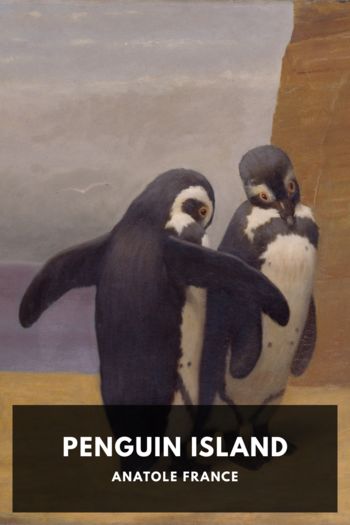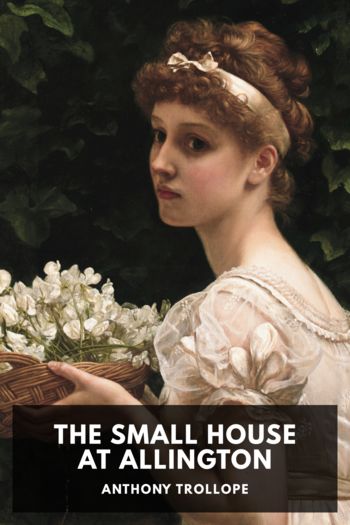The Hidden Garden Gopi Narang (year 7 reading list TXT) 📖

- Author: Gopi Narang
Book online «The Hidden Garden Gopi Narang (year 7 reading list TXT) 📖». Author Gopi Narang
chhor jaate hain dil ko tere paas
y hamaara nishaan hai pyaarey
I leave my heart
in your custody.
Take it as my souvenir,
dear one!
ae shor-e qayaamat ham sote hi n rah jaavein
is raah se nikle to ham ko bhi jaga jaana
O tumult of the doomsday,
don’t leave me behind while I’m sleeping.
When you pass this way,
make sure that you wake me up.
masaaib aur the par dil ka jaana
a’jab ik saaniha sa ho gaya hai
There were other calamities,
but the loss of my heart—
it was a disaster
of a different kind.
vajah-e begaangi nahien maa’luum
tum jahan ke ho vaan ke ham bhi hain
I don’t know the cause
of your estrangement.
I belong to the same place
where you come from.
aage kisu ke kya karein dast-e tam’a daraaz
vo haath so gaya hai sarhaane dhare dhare
How should I extend my hand
before someone for begging?
That hand has become numb
after staying long under the head.
kare kya k dil bhi to majbuur hai
zamiin sakht hai aasmaan duur hai
What can the poor heart do?
It is helpless.
The ground below is hard,
and the sky above is far away.
bahut sa’ii kariye to mar rahiye Mir
bas apna to itna hi maqduur hai
If you want to put in a lot of effort,
the most you can do is die, Mir.
That is the outreach of human destiny.
A Delightful Synthesis of Persian and Rekhta
laaya hai mera shauq mujhe parde se baahar
main varna vohi khilvati-e raaz-e nihaan huun
My passion brought me out from the veil.
Otherwise, I am the same secret—
a tiny secret among all the secrets.
The emphasis on Mir’s simplicity came at the cost of other significant aspects of his poetry. When Maulvi Abdul Haq and Asar Lakhnavi wrote about it, this line of thinking gained popularity. But it is rather strange that this critique continued even until Syed Abdullah, who wrote about Mir much later. He wrote, ‘There is no doubt that when Mir shows the Persian influence, he reveals something new and innovative, but this is not his original colour. There, something is missing.’ What this meant was that the appeal of Mir’s poetry essentially depends on the simplicity of his style. This view is highly limiting and may be viewed as an attempt to pigeon-hole the span of Mir’s work. He is simple and complex; he plays at the surface, but then he also reaches great depths. The following ghazal, written in an accomplished Persian style, is an excellent example of his strength:
main kaun huun ae ham-nafasaan sokhta jaan huun
ik aag mere dil mein hai jo sho’la fishaan huun
Who am I, my sweet friends?
One with a burnt-out heart.
There is a fire that burns inside.
I am a walking inferno.
However Abdullah commented, ‘this couplet is complete and without any fault. It could have been written by any of the medieval masters such as Kalim or Salim. But this verse lacks the special quality and flavour that we usually find in Mir.’1 It is surprising how as a serious reader of Mir’s poetry, Syed Abdullah, ignored some exceedingly beautiful, creative and well-crafted couplets from the same ghazal. This effort to look for only one kind of ‘quality and flavour’ in Mir was misplaced.
laaya hai mera shauq mujhe parde se baahar
main varna vohi khilvati-e raaz-e nihaan huun
My passion brought me out from the veil.
Otherwise, I am the same secret—
a tiny secret among all the secrets.
jalvah hai mujhi se lab-e dariya-e sukhan par
sad rang meri mauj hai main tab’e ravaan huun
I am the spectacle
on the shore of the ocean of poetry.
My tides show multiple colours
and I flow immaculately.
ik vahm nahien besh meri hasti-e mauhuum
is par bhi teri khaatir-e naazuk p garaan huun
My existence is nothing more
than a deception, a flicker of a thought.
Still I am a burden, an affliction
for your delicate heart.
Most often, Mir fulfils the strict and extremely ingenious requirement of Persian versification. There are many highly creative Persian-based phrases that we usually associate with Ghalib like kaav kaav, yak qatr-e khuun, saada o purkaar, shiisha baaz, yak biyabaan, hangaama garm-kun, hariif-e be-jigar, hariif-e nabard, etc. as pointed out by Asar Lakhnavi. But we forget the fact that they were originally crafted by Mir; and Ghalib and others borrowed them from him, as can be seen from the following couplets:
yak biyabaan ba-rang-e saut-e jaras
mujh p hai bekasi o tanhaaii
The faint caravan bells in the desert
melt into the darkness—
broken and helpless like me,
sad and forlorn!
hangaama garm-kun jo dil-e na-subuur tha
paida har ek naale se shor-e nushuur tha
The tumult caused
by the impatient heart
produced lamentation
that was no less than the noise
of the day of judgement.
aavaargaan-e i’shq ka puuchha jo main nishaan
musht-e ghubaar le ke saba ne ura diya
When I inquired
the fate of unfortunate
forlorn lovers,
the wind took hold
of a handful of dust
and flew it into the air.
dil k yak qatra-e khuun nahien hai besh
ek aa’lam ke sar bala laaya
The heart might not be
in excess of a drop of blood,
but it has brought calamity and ruin
to the whole world.
dil i’shq ka hamesha hariif-e nabard tha
ab jis jagah k daagh hai vaan aage dard tha
The heart always gave up
in the battle of love.
Where there is a scar now
was once the seat of pain.
Delightful Flavouring of Persian
The structure of couplets quoted above travelled straight from Mir to Ghalib. Both of these great poets of Urdu belonged to Agra. In Mir’s Divans, there is no shortage of couplets that contain a delightful mix of Persian phrases and colloquial Rekhta. The charm of his couplets rested on the hybrid amalgamation of Persian words with the syncretic and colloquial structures of Rekhta. Whenever and wherever Mir confronted cataclysms and misfortunes, he went deeper into his self, or he dived into metaphysics and talked about the mystery of existence, or he drowned himself into the wonders of contemplation. He often delved into a combination of Persian and Prakrit figures of speech. There is no difference of opinion that these couplets are among his best and in comparison to his other couplets, there is no dearth of a ‘lancet-like pointedness’ in such couplets as well.
zabaan rakh ghuncha saan apne dahan mein
bandhi muthi chala ja is chaman mein
Keep your tongue in your





Comments (0)